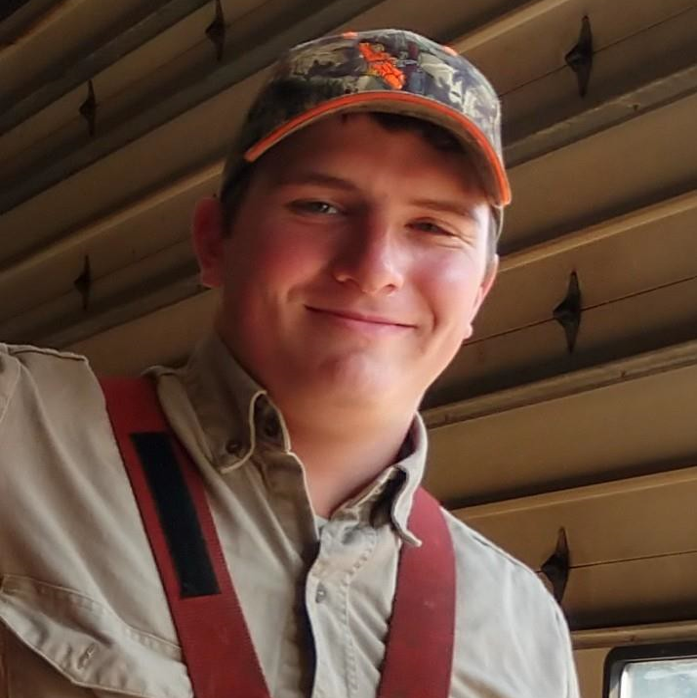The Impact of Tissue Donation
Tissue Banks
Tissue banks, including both for-profit and not-for-profit organizations, form a network that works with organ procurement organizations and eye banks to recover and distribute donated tissue. They work together to ensure the safety of transplant recipients, donors, donor families, physicians, and hospitals.
Non-Transplant Anatomical Donation Organizations (NADOs)
Non-Transplant Anatomical Donation Organizations, or NADOs, recover human tissue donations which are not intended for transplant into a living patient. NADOs operate whole-body donor programs, where they receive whole-body donations and prepare non-transplant tissues for distribution, both in the US and worldwide, for a wide range of applications, including research, training, and education.
What types of human tissue can be donated?
Tissue transplantation is one of modern medicine’s most remarkable success stories. Millions of life-saving and healing tissue transplants are performed each year, offering patients a new chance at healthy, productive, and normal lives.
You are likely to have a neighbor, friend, or even a family member who has received a tissue transplant. This is often a necessary part of medical treatment for a multitude of diseases and injuries, from a bone fracture or ligament repair to heart surgery. Just one tissue donor can save and heal the lives of more than 75 people. Tissue donors are heroes!
Living Donation

Birth Tissue
Birth tissue, like the placenta and umbilical cord, can be donated and used in reconstructive procedures to promote healing and treat burns and painful wounds.

Reproductive Tissue
Donated reproductive tissue, like semen, oocytes, and embryos are used to help create families.
Deceased Donation

Heart Valves
Donated heart valves can replace damaged valves or correct a congenital defect, allowing the heart to function normally.

Musculoskeletal Tissue
Musculoskeletal tissue, like bone and tendon grafts, can be used to replace or reconstruct tissue destroyed by tumors, trauma or infection, and save limbs that would otherwise be amputated.

Nerve Tissue
Donated nerve tissue can be used to restore mobility and sensation, including the restoration of sensation following a mastectomy and breast reconstruction.

Skin
Donated skin is critically needed for patients suffering from burns or trauma and is used to protect the body from infection and promote healing.

Vascular Tissue
Vascular tissue, like donated veins and arteries, is used in heart bypass surgery to re-establish blood circulation in patients with coronary artery disease and restore circulation in legs that otherwise might have to be amputated.
What's the process for donating tissue?
When tissue is donated, it goes through a thorough process to ensure quality and safety. The process involves several phases, including referral and initial screening, authorization, recovery, tissue processing, and final donor eligibility determination before being provided to physicians for use.
-
Referral and Initial Screening
The initial determination of donor suitability includes a review of medical records and historical information. - Authorization
The tissue recovery organization evaluates donor suitability based on medical and social criteria and available information (e.g., age, cause of death, medical records, etc.). If the potential donor is not suitable, no contact with the family is made, and donation does not occur. If the person is potentially eligible and registered as a donor, the legal next of kin is informed of that decision, and tissue donation can proceed. If the person is eligible and not registered as a donor, a trained requestor contacts the person authorized by law to make an anatomical gift to offer the opportunity to donate. If the legally authorized representative provides authorization, the tissue donation process proceeds. If no authorization is provided, the process is terminated. - Recovery
At recovery, the donor's blood is sampled for communicable disease testing, a physical assessment of the body is performed, adherence to critical time limitations is confirmed, and tissue is recovered using technical, standard operating procedures like those used in surgery. - Tissue Processing
Time-sensitive processing begins within established time limits. The tissue is handled in appropriate environmental conditions and by methods validated to prevent contamination and cross-contamination. The tissue's physical characteristics are evaluated and documented, and the tissue is cleansed or decontaminated and, if appropriate, sterilized. A tissue preservation method is selected, and the tissue is quarantined until final quality control steps, such as cultures and other testing, are completed. - Final Donor-Eligibility Determination
Before tissue is released for use, a comprehensive final review of the donor is completed. The donor's medical history and behavioral risk information, all relevant medical records, and communicable disease test results are collectively reviewed by the tissue bank's quality assurance program and the tissue bank's licensed medical director. The outcome of this review determines the eligibility of the donor. - Release and Distribution
Technical staff performs a thorough review of all records related to tissue processing and quality. This review is used in conjunction with the medical director's donor-eligibility determination in deciding whether or not to release tissue for clinical use.
Tissue Recipient & Donor Stories
Growing up with a heart condition, Tanasia always worried about whether her heart would be ok, even doing the most simple things.
Tanasia Heart Valve Recipient

When Scott got his driver's license, he registered to be a donor. His generous decision transformed the lives of many.
Scott Tissue Donor
